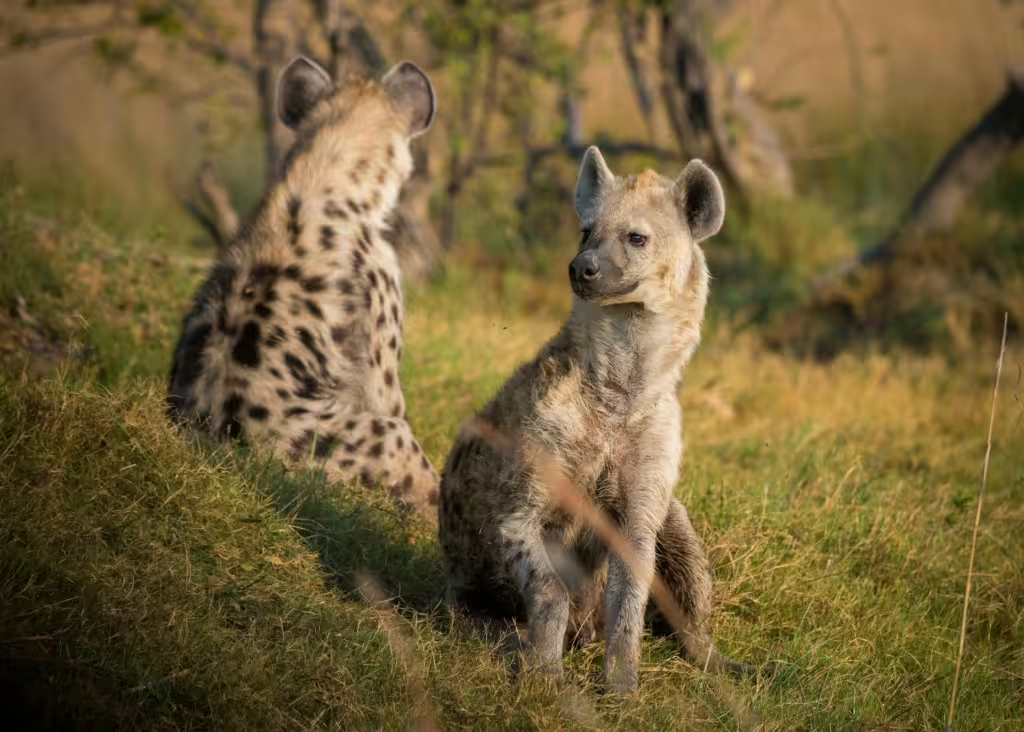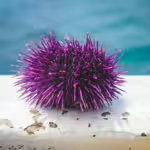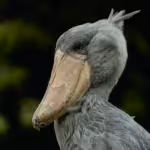Hunting in groups has been a highly effective survival strategy since the days of the dinosaurs. Over the millennia, different species have evolved ways of incorporating this methodology into their daily lives, as well as their group behaviors and social dynamics. If we look at pack hunting at a high level, we can understand that it gives even the smallest predators the ability to take down much larger prey. However, if we dig a little deeper, we can see that it also allows these creatures to more effectively defend their territories and ensure a greater success rate in catching the food they need to survive; even in the most unforgiving environments.
Despite what most people might believe, this type of cooperative behavior is not limited to mammals. Pack hunting has been observed in birds, fish, ancient reptiles, and even some insects. By working together, predators increase their efficiency and reduce the amount of energy required for a successful hunt. By working together, pack hunters gain the upper hand against larger predators because they can directly compete with them for even larger prey; prey that would be too large for any solitary hunter to take down on its own.
In this article, we explore these hunting advantages and more! We will examine why pack hunting is so effective and take individual looks at some of the most well-known pack hunters that exist in nature. Through these entries, we will learn about their strategies, communication methods, and how they synchronize their attacks. So, grab a partner and come along, we’re about to hunt for the truth about pack hunters!
Why Hunt in Packs?
Besides the obvious reasons we mentioned above, hunting as a unit allows predators to coordinate their attacks so that they can exhaust their prey, isolate weaker individuals, and increase the likelihood of a kill; something which can keep a population healthy even when dealing with periods of food scarcity. This method also minimizes risk to individual hunters, as a lone predator is far more likely to suffer injury when attacking on its own.
Some species, like wolves, rely on highly organized strategies and utilize somewhat complex communication methods to facilitate effective pack hunting. In a wolf pack, each member of the pack has a role and knows what they are supposed to do. However, other animals don’t need communication or social hierarchy to make pack hunting work. Piranhas, for instance, don’t talk to one another at all. Instead, these voracious fish use sheer numbers and speed to overwhelm their prey.
Beyond the promise of a regular meal, hunting in groups also strengthens the social bonds within a species. Many pack hunters, such as African wild dogs, wolves, lions, and hyenas, have complex social structures that rely on teamwork and communication both on and off the trail. In all animal species, humans included, cooperation often becomes essential for the survival of the group. Food is shared, while weaker members, such as the young or injured, are cared for by more able-bodied animals.
Animals all over the world have found ways to utilize the terrain to their advantage when it comes to pack tactics. Lions crouch below grasses, blending in and leading weak prey away from the herd when they start the chase, while army ants crawl all over their miniaturized terrain to overwhelm even the largest of their prey species. Even in the ocean, creatures like orcas have been known to demonstrate remarkable intelligence in terms of hunting, using sophisticated techniques such as wave-washing to capture seals or creating bait balls to trap schools of fish.
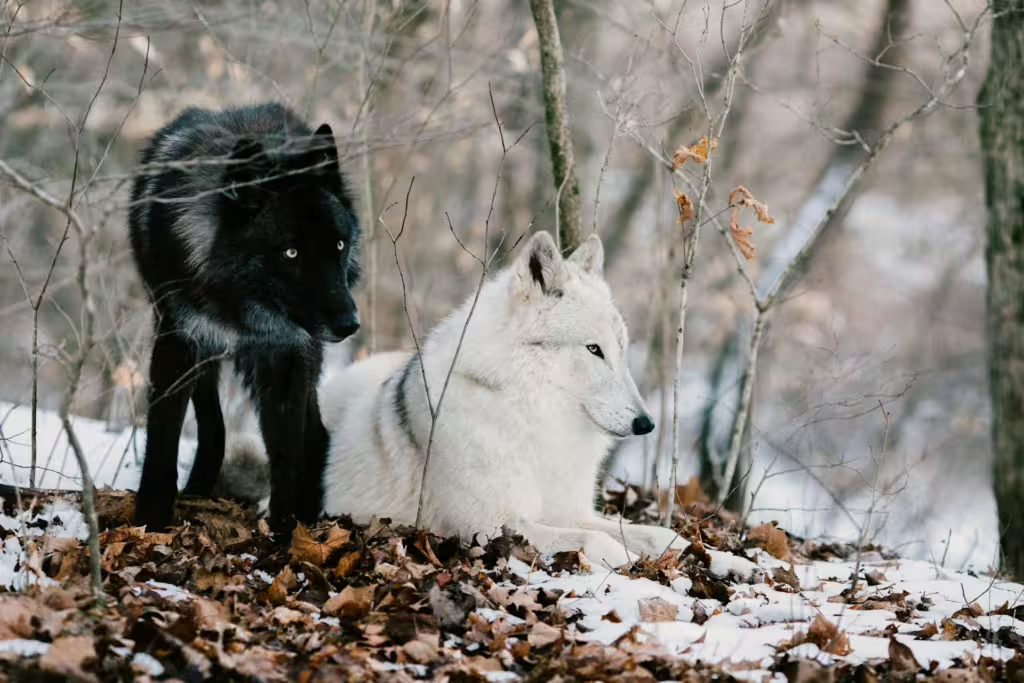
Wolves
When you think of pack hunting animals, we’re willing to bet that the first creature that enters your mind is the wolf. Wolves (Canis lupus) are among the most iconic pack hunters in all of history and we have been emulating them, writing about them, painting them, and training them since before the first cultures emerged from the prehistoric wilderness. The cooperative hunting strategy of wolves relies on an effective blend of communication, endurance, and precise teamwork.
When we hear a wolf pack howling to one another through the night and the mist, we assume they are trying to find each other…or at least set the mood for spooky season. The reality is that wolves use vocalizations such as howls and body language as a means of coordinating attacks. Wolves possess excellent endurance and a wolf pack will often pursue prey for miles until the animal eventually wears itself out. Once the target is sufficiently weakened or exhausted, the pursuing wolves take turns lunging and biting, wearing it down even more until the killing blow is made.
This strategy is not unique among pack-hunting canines, but it is most effective. Using this strategy allows the wolves to take down large herbivores like deer, elk, and bison. In the course of their hunting, wolves also rely on strategic positioning, with some individuals driving prey towards ambush points where other pack members lie in wait until the right moment comes to strike.
Beyond their tactical prowess, wolves have been known to demonstrate deep social bonds within their packs. This degree of trust in one another and their intelligence, may have even be what led them to eventually become domesticated by man and evolve into modern dogs; though there are likely many other factors at play there.
Nevertheless, wolf packs operate under a strict hierarchy led by an alpha pair, ensuring that cooperation remains effective. Younger wolves learn hunting techniques by observing and participating in smaller chases before tackling larger prey. These bodacious canines also adapt their tactics based on terrain and prey behavior, displaying intelligence and problem-solving skills that are not usually seen in other predator species. One example of this comes from wolves that have to hunt in harsh winter conditions. The wolves will often use the deep snow to their advantage, forcing prey into areas where movement becomes difficult.
African Hunting Dogs
African hunting dogs (Lycaon pictus) are another capable canine that can be counted among the most efficient hunters in the animal kingdom. According to some statistics, African wild dogs boast a success rate of around 80%; rather impressive considering how often even the most formidable predators miss the mark when it comes to catching prey. Wild dogs also employ exceptional teamwork skills, combining them with impressive speed, and excellent endurance in order to chase prey over long distances.
The wild dogs’ main strategy involves a relay-style chase, where pack members take turns leading the pursuit while others recover until they are called to jump back into the fray. Once prey is exhausted, the dogs quickly overwhelm it using coordinated bites. Unlike wolves, which rely on stealth a good deal of the time, African hunting dogs depend on their remarkable stamina and social bonds to outlast their quarry. This is partly because of their physical adaptations and partially because they live on the wide open plains of the African savanna; a place where stealth is kind of a rarity.
One of the most remarkable aspects of African hunting dog behavior is their cooperative nature. These canines exhibit strong pack loyalty, caring for injured or sick members and even regurgitating food for pups and weaker individuals that can no longer chew effectively. The nature of their communication is highly sophisticated, with vocalizations and body signals helping to coordinate attacks.
Hyenas
Though often perceived as scavengers, spotted hyenas (Crocuta crocuta) are skilled pack hunters with strong social hierarchies. They employ both stealth and endurance hunting techniques, often chasing prey until it collapses from exhaustion. Hyenas have powerful jaws capable of crushing bone, allowing them to consume every part of their kill. They are also highly intelligent, using complex social structures and vocal communication to organize hunts and defend territory. While they frequently clash with lions over food, hyenas have been known to outcompete them in certain areas due to their superior endurance and teamwork.
Hyenas operate in matriarchal clans, where dominant females lead hunts and dictate pack hierarchy. Their hunting tactics are highly adaptable, shifting between ambush and endurance strategies depending on the situation. Unlike many other pack hunters, hyenas will sometimes test a herd before launching a full attack, identifying the weakest individuals through short, probing chases. They also display remarkable problem-solving abilities, often working together to outmaneuver prey or overcome obstacles like fences or human settlements. Their intelligence, strength, and adaptability make them one of Africa’s most formidable predators.
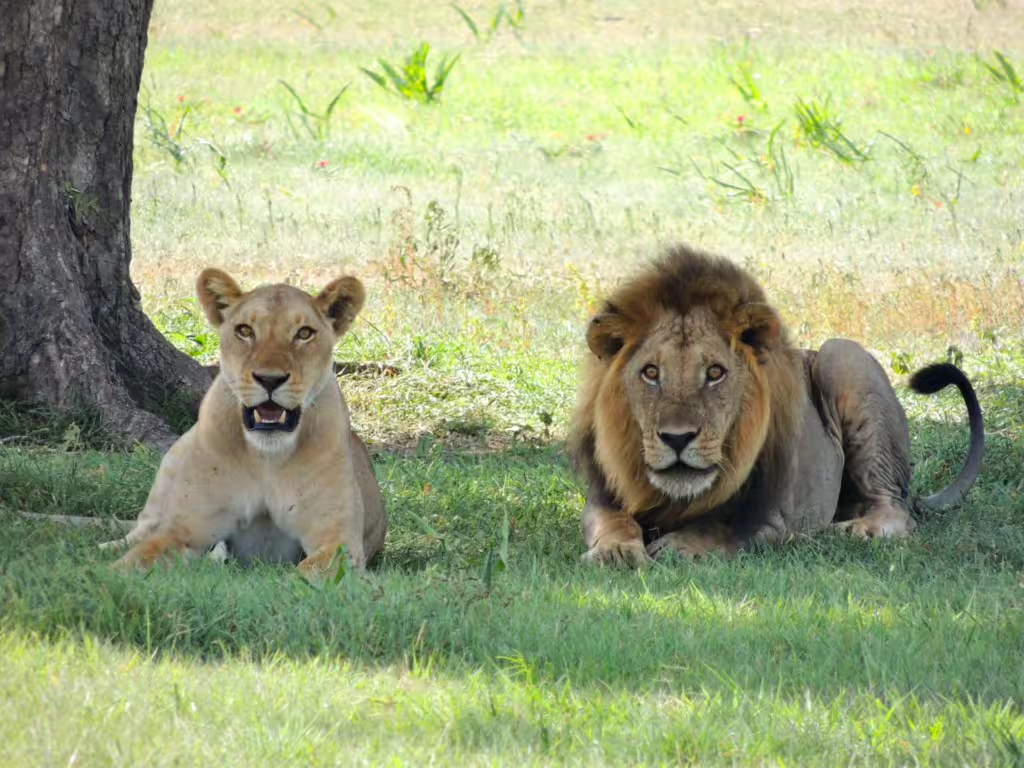
Lions
While most of our planet’s big cats hunt on their own and live a very solitary existence, lions (Panthera leo) are the exception. These iconic big cars are the only ones with any sort of social structure to speak of. They rely on group hunting tactics in order to subdue large prey such as buffalo and zebras. Lionesses typically do most of the hunting and they use a wide array of hunting strategies to accomplish their goals. Lionesses use stealth, ambush strategies, and teamwork to surround and isolate their targets. During the hunt, some members of the pride drive prey towards hidden lions that spring the attack.
In essence, a pride’s success depends on coordination, strength, and the ability of each individual lion to quickly bring down struggling animals before they have the chance to escape. While males usually do less hunting, they do play a crucial role in protecting a pride’s territory. Male lions also scavenge food from competitors, which helps in nutrient cycling in the savanna ecosystem.
Because the African wilderness leans on the hotter side of things, lions often hunt at night. Not only is this environment much cooler, it also give the cats the advantage of hunting in darkness. A lion’s senses are well adapted to hunting in the dark and their social communication enables them to communicate with one another, even when visibility is low. Lions use low growls and tail movements to communicate positioning before launching an attack. A pride’s ability to work as a unit allows them to take down some of the largest land prey in Africa, including wildebeest, zebra, and even the odd giraffe once and while.
Lionesses also pass their hunting knowledge on to their cubs. Lions will show younger cubs the best hunting techniques by allowing them to practice on injured or weakened animals. Despite their power, lion hunts are not always a successful affair. In fact, lions frequently lose kills to other pack-hunting predators/scavengers like hyenas.
Dingoes
That’s right, we have a third canine on this list. Dingoes (Canis lupus dingo) are highly adaptable predators that can succeed while hunting alone or with their packs. Dingoes are not native to Australia, but were brought there thousands of years ago by aboriginal settlers. Since that time, these animals have become an invaluable piece of the ecosystem, an apex predator that can hunt everything from large kangaroos to small reptiles and amphibians. When hunting in groups, dingoes employ similar strategies to wolves, using endurance chases and strategic positioning to corner prey. Opportunistic feeders, dingoes will scavenge for food when necessary. Unlike African hunting dogs or wolves, they exhibit a more flexible pack structure and may sometimes form temporary alliances with other packs for particularly juicy hunting opportunities.
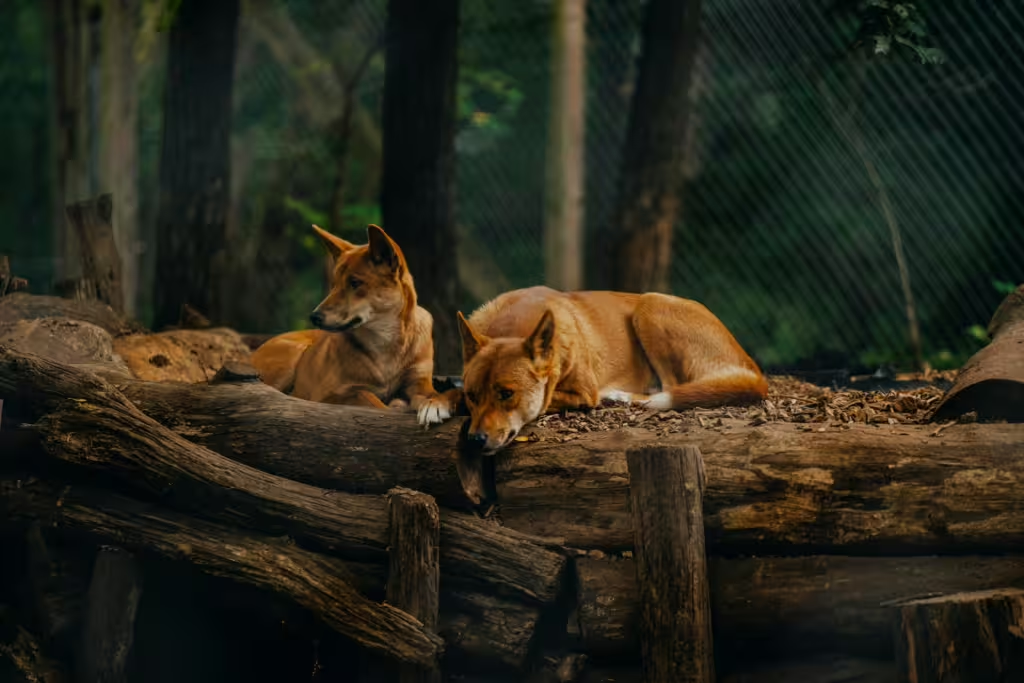
Human Pack Hunting and Prehistoric Predators
Did you know that humans are pack hunters as well? That’s right, our species has been practicing pack hunting since prehistoric times. Early Homo sapiens and Neanderthals used cooperation, communication, and tool-making skills to creature the humanity we know today, but all of these advantages also allowed them to successfully hunt large game. These early peoples relied on strategic planning, endurance running, and weapons such as spears to outmatch prey. One of the most notable human pack-hunting strategies, and one that we likely picked up from wolves and wild dogs, was persistence hunting. This method is where hunters chase an animal over long distances until it eventually succumbs to exhaustion.
True Investigator Says…
As you can see, pack hunting has proven to be one of the most successful predatory strategies in the animal kingdom. Whether in the wild, among prehistoric humans, or back as far as the velociraptor, cooperative hunting has paved the way for predatory survival for millennia.
Discover more from TrueInvestigator
Subscribe to get the latest posts sent to your email.
